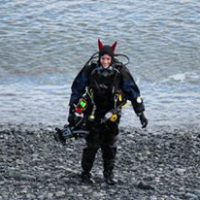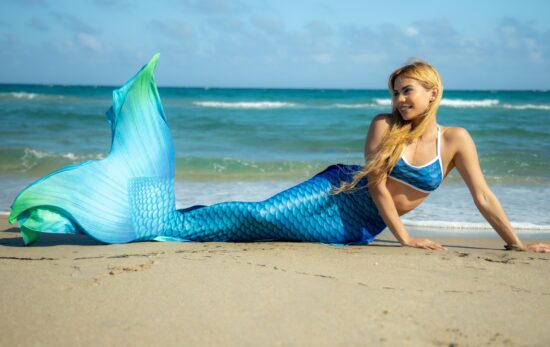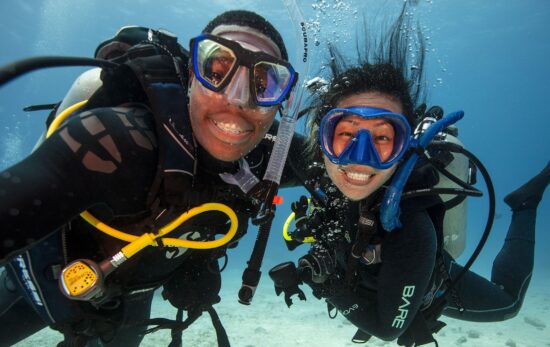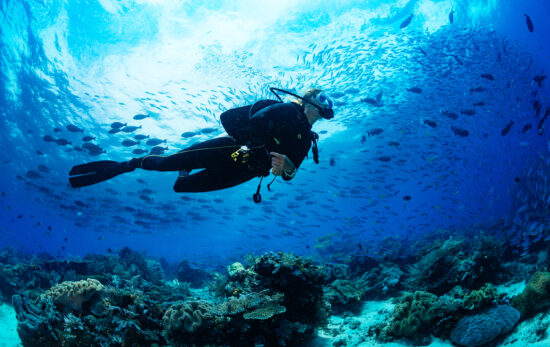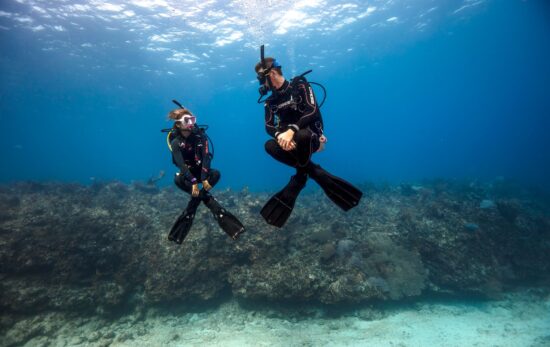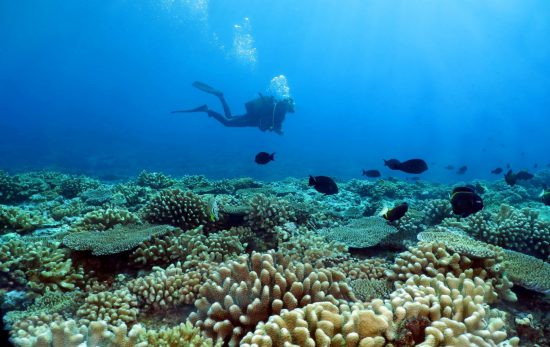After completing PADI Open Water Diver, you’ll know what buoyancy is and how it affects you as a scuba diver. But, like riding a bike or learning to drive, it needs practice to get right — and that’s one of the reasons to take the PADI Peak Performance Buoyancy course.
Sure enough, with time and experience underwater, your buoyancy will only get better. Even so, why wait? The Peak Performance Buoyancy course is your shortcut to grasping this essential underwater skill, transforming your diving adventures and looking the part.
But why is buoyancy important in scuba diving? What exactly are the reasons to take the PADI Peak Performance Buoyancy course? Read on for the answers.
What is PADI Peak Performance Buoyancy?
Peak Performance Buoyancy is one of the most popular PADI Specialty courses, and with good reason. As well as honing your underwater abilities, it’s great fun and often involves games and obstacle courses! Through independent study, buoyancy checks and two dives, you’ll learn:
- How to determine the correct weight for different environments and suits
- Where to place weights to trim your position and fine-tune your buoyancy
- Scuba buoyancy control tips and techniques for streamlined movements and hovering
Whether you want a brush-up before taking further PADI courses or gain extra confidence before a scuba vacation, it’s easy to fit in a PADI Peak Performance Buoyancy course. You can even get started from the comfort of home with PADI eLearning.
If you need more reasons to take the PADI Peak Performance Buoyancy course, here are six.
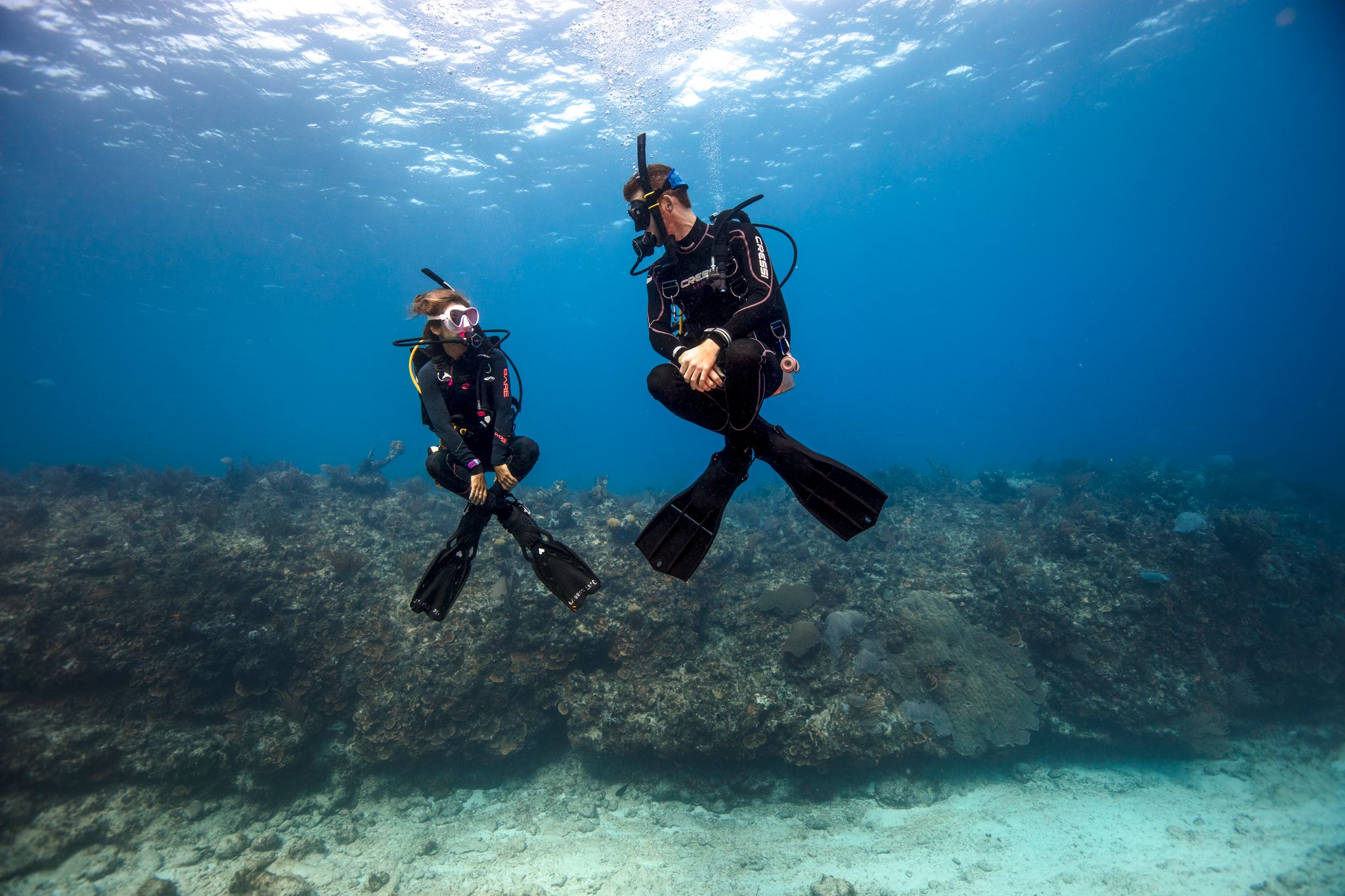
Improved air consumption
Too much weight needs a fuller BCD to compensate, which creates more drag; not enough weight takes effort to stay down. Either way, the added exertion impacts your air consumption. With the correct weighting, you also won’t need to inflate and deflate your BCD as much or as often. Instead, you’ll use your lungs for minor buoyancy adjustments. So, get your buoyancy right, and you’ll use less air — and that means more time underwater!
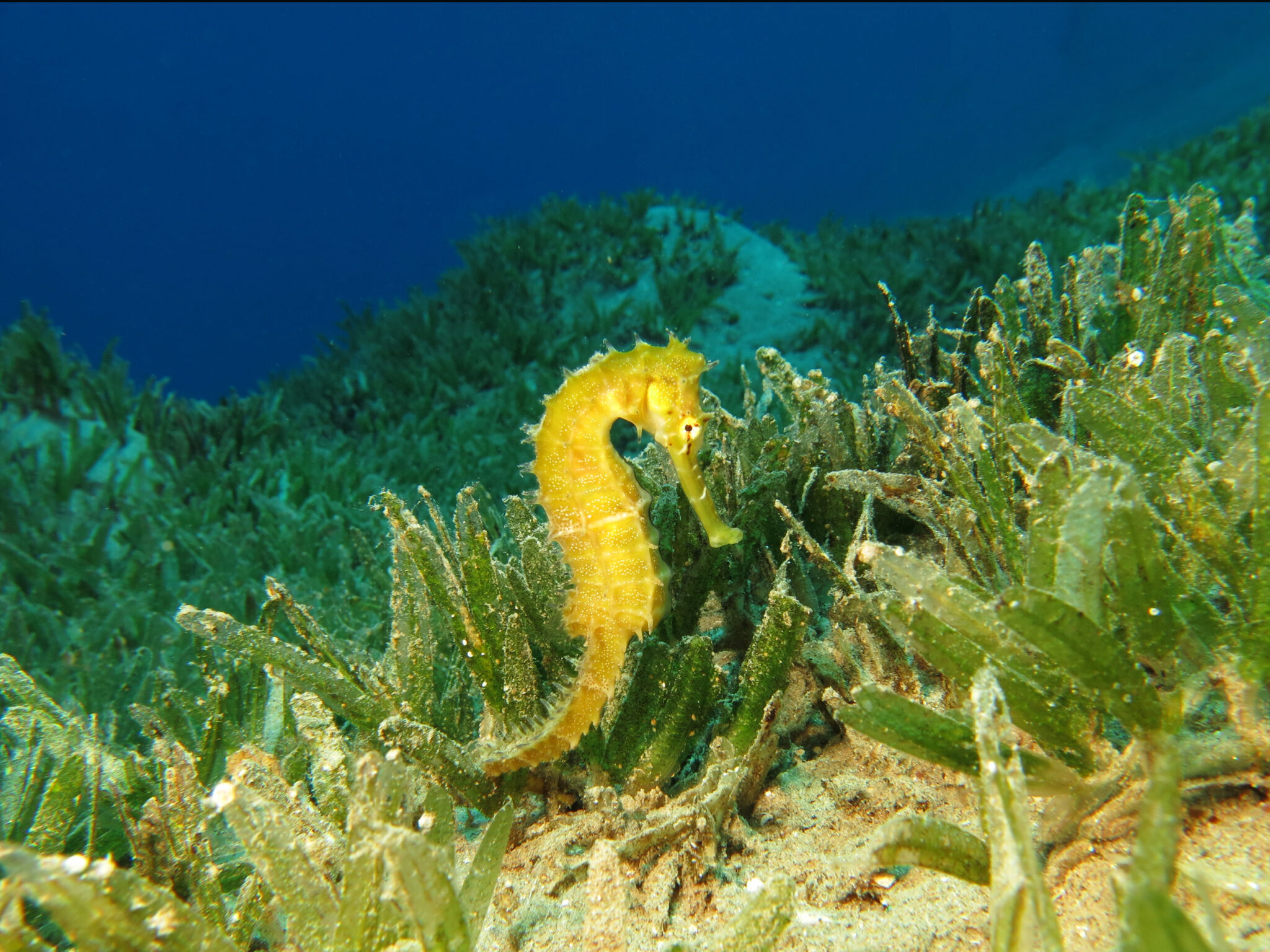
Protect marine life (and other divers)
No diver wants to be responsible for flattening a protected seagrass meadow or destroying fragile corals. Your buddy probably won’t thank you for crashing into them, either. Mastering your buoyancy is the best way to stop yourself from landing uncontrollably on (and damaging) the reef, marine life and other divers.
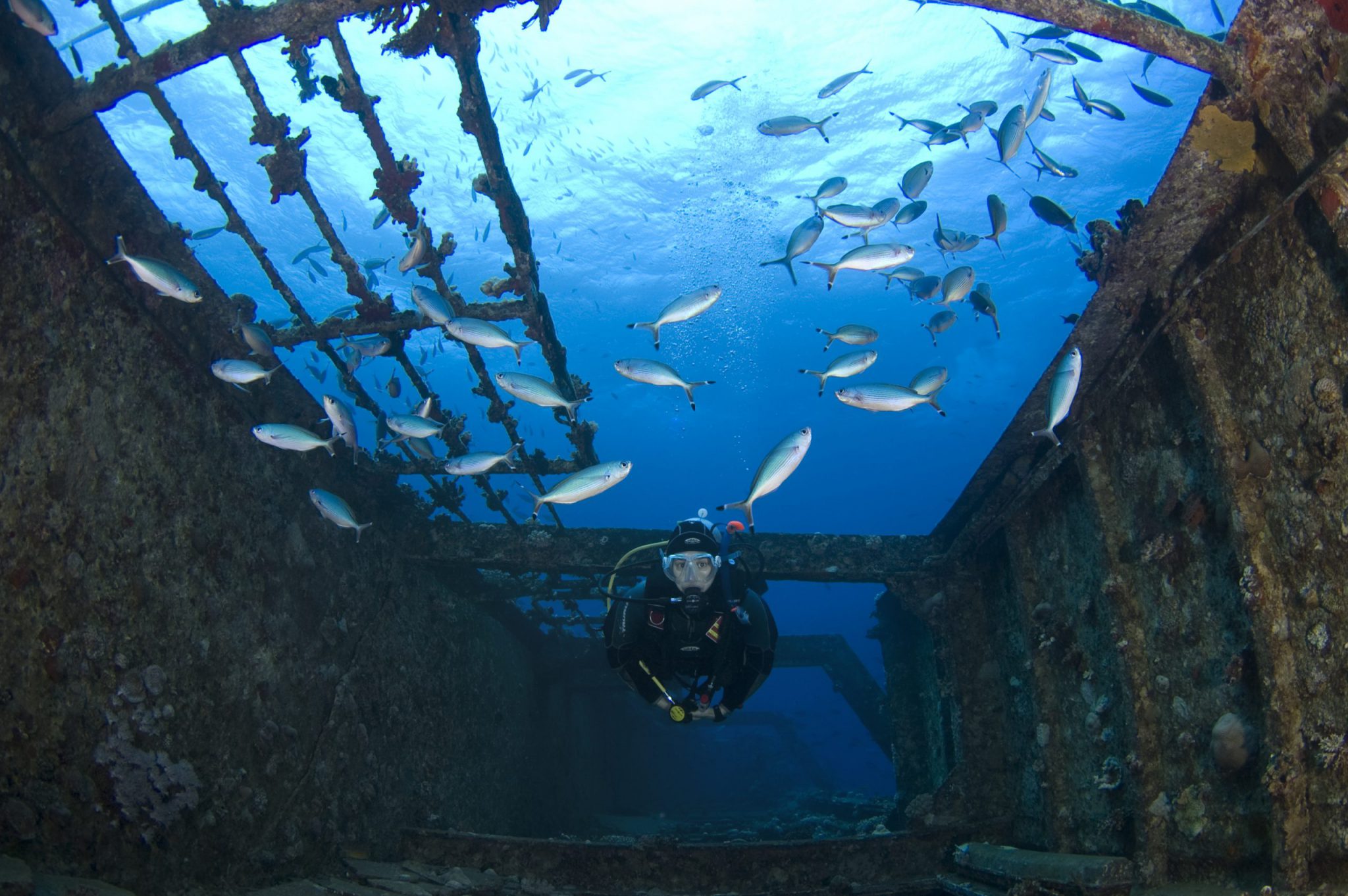
Be a safer diver
Uncontrolled rapid ascents can lead to decompression illness. What’s more, flailing arms and legs means more chance of getting stung or bitten by marine life or injuring yourself on sharp rocks and rusty wrecks. For this reason, being able to hold your buoyancy is essential for your safety and one of the top reasons to take the PADI Peak Performance Buoyancy course.
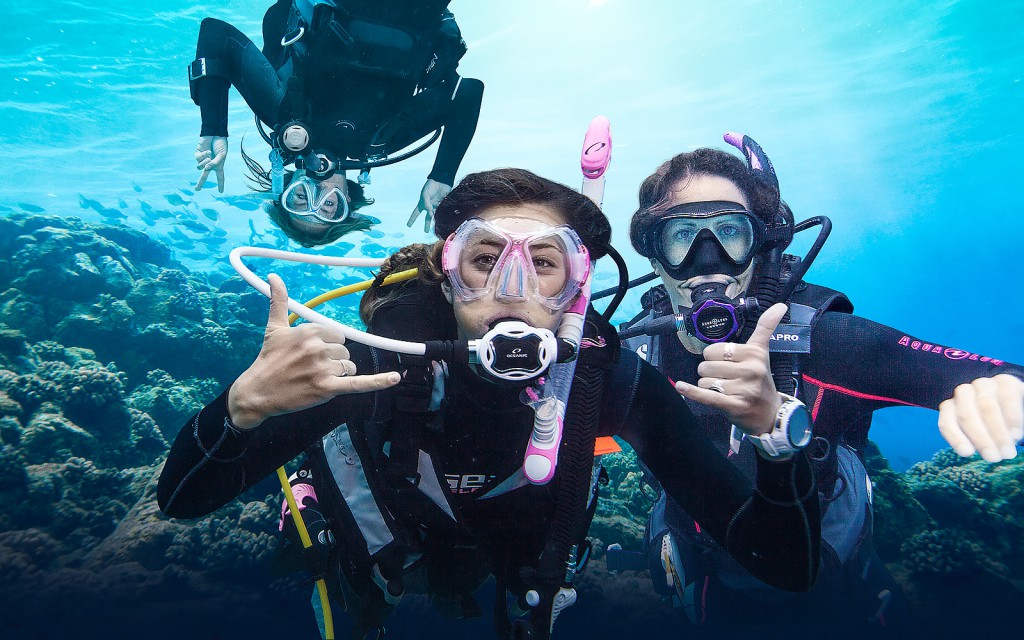
Keep a clear view
Divers with poor buoyancy often find themselves clumsily bumping over the seabed. As they swim along, there is sure to be clouds of silt (and frustrated buddies) following close behind. It’s also a fast way to ruin scuba equipment. If you want to save popularity points and money, keep yourself and your dive gear off the bottom by learning to control your buoyancy.
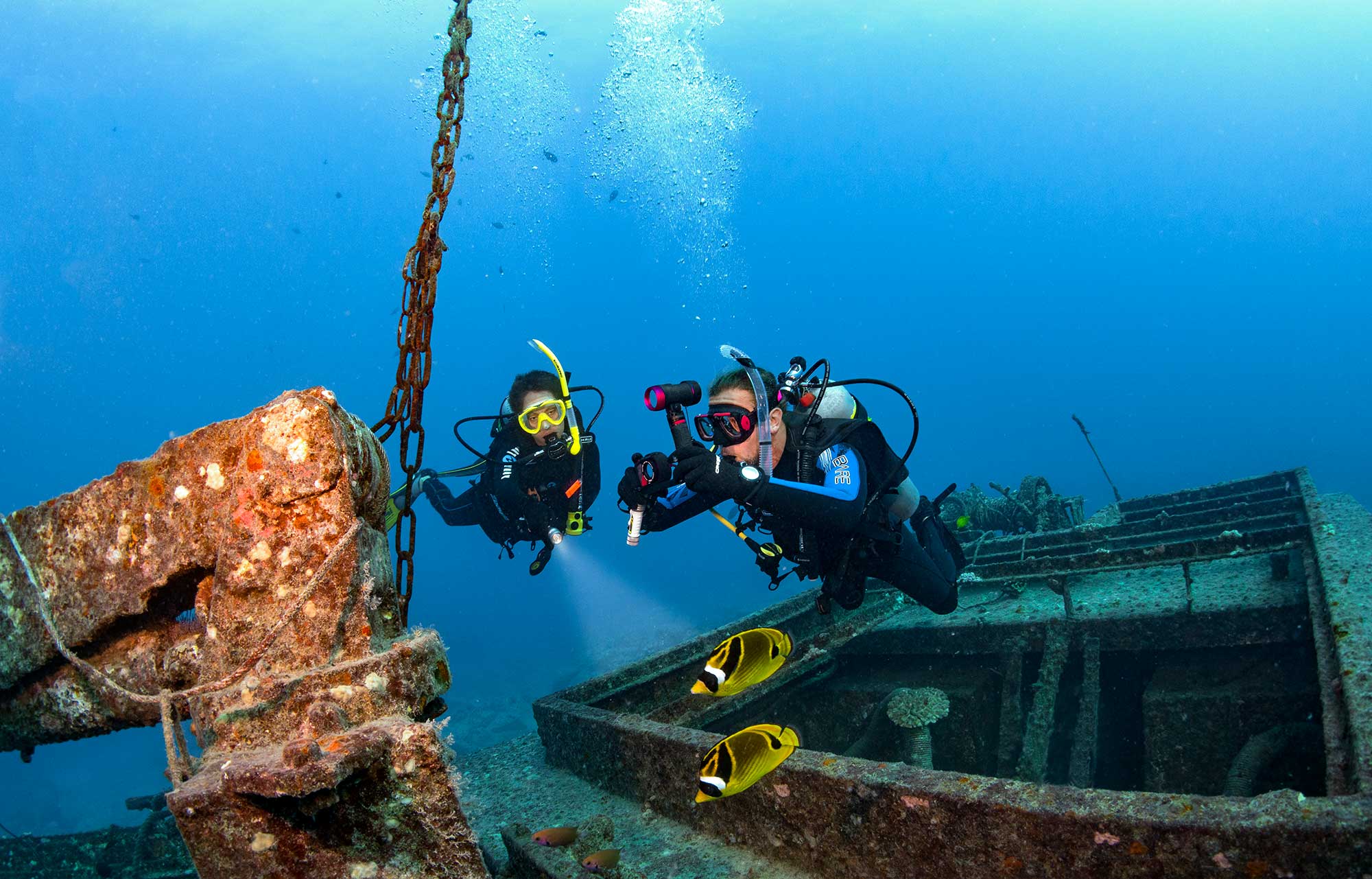
Be a better photographer
We’re not saying that Peak Performance Buoyancy skills alone will turn you into Wildlife Photographer of the Year. After all, underwater photography has its own set of techniques to grasp. But being able to sneak up and stay motionless in front of your subject will go a long way to producing close-up, blur-free shots worthy of framing.
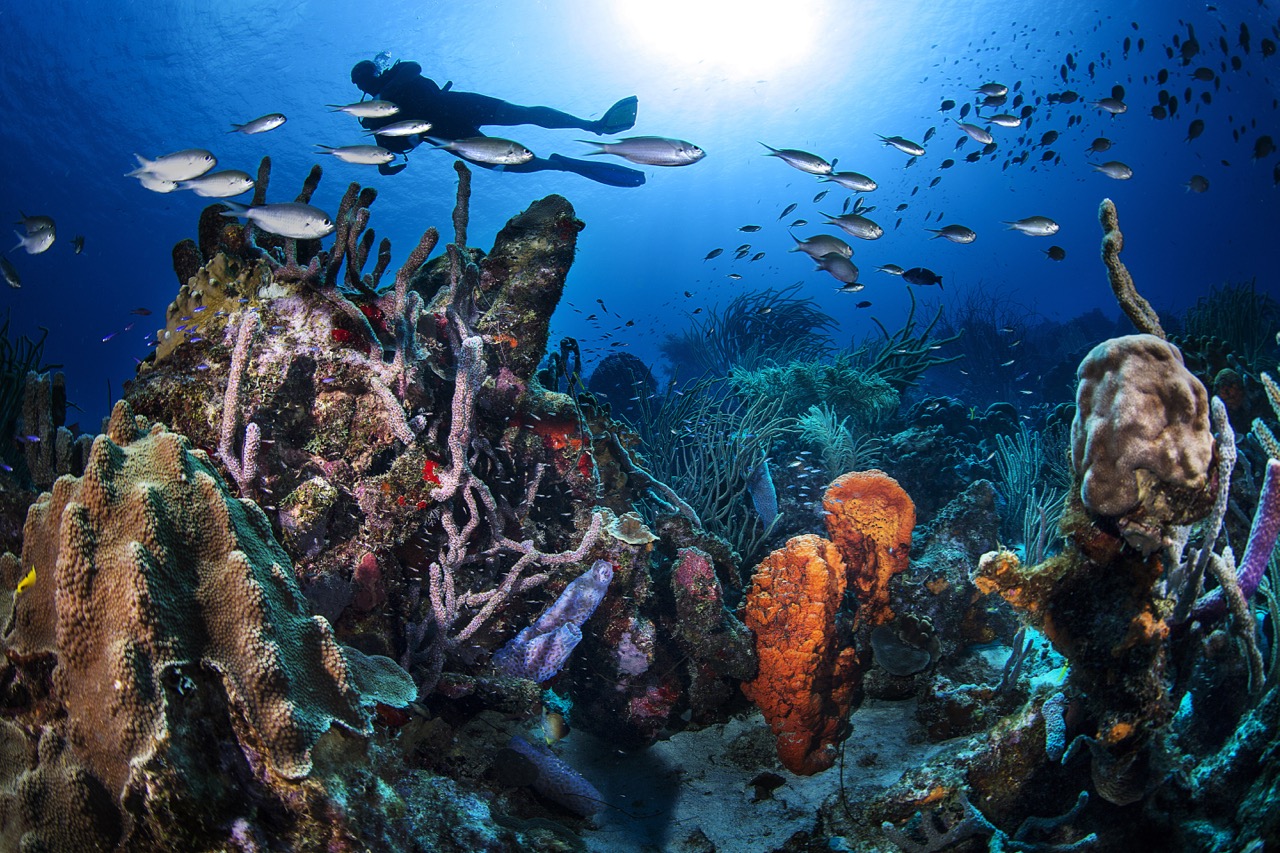
Balanced body, balanced mind
Using the proper weighting for diving and fine-tuning your trim will help you maintain a horizontal and comfortable position. You’ll be able to glide effortlessly along the reef or stop and hover on command. Overall, being relaxed and ‘balanced’ underwater means you’ll feel calmer, happier, and will enjoy your diving so much more.
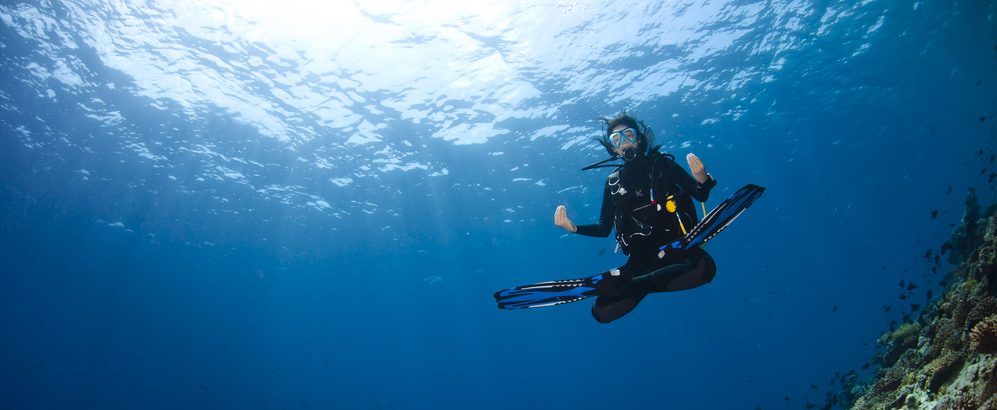
Master your skills with PADI Peak Performance Buoyancy
By now, you shouldn’t need any more reasons to take the PADI Peak Performance Buoyancy course. So, are you ready to jump in? Book your course with a PADI Dive Centre or Resort, or start today with PADI eLearning.
